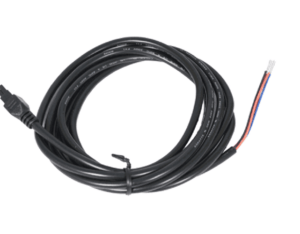
Same Day
Shipping for
Online Orders
Before 1pm
30 day
Money Back
Guarantee
Direct
Proven connectivity products for our retail customers for home, small office, marine, recreational
Modems & Routers
Central to the success of any telecommunications project is using the right modem. In many ways choosing the right modem for the job has become easier, but with rapid evolution of 4G and 5G technology there are now many new considerations.
To help you out on your journey we’ve written a number of guides that may aid in building an understanding of the technology and terminology.
Today’s modems are typically made up of a micro-computer with a cellular module inserted. They run an embedded operating system which can also provide router functionality if the board has Ethernet or WiFi integrated. This helps to explain why you might encounter different names – routers, gateways, modems, hotspots, when in reality they are all modems with different software or hardware features.
Modem performance is mostly determined by what cellular module has been installed. Modules are designed to a Device Category which determines their maximum speed. For example, a Category-18 modem is capable of data rates up to 1.2 Gigabits per second (Gb/s), where a Category-20 modem is capable of 2.2 Gb/s.
Connection speed isn’t everything of course, many modems are optimised for long range low speed connectivity, others for operating in dusty high temperature environments, and others with multiple SIM cards to protect against connection loss. It all depends on your (or your client’s) needs.
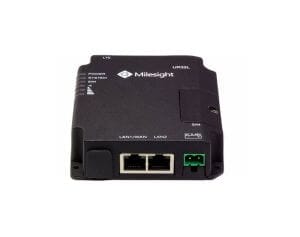
Milesight UR32-L00AU-W LTE Router 2xRJ45, WiFi, RS232, I/O
SKU: WEB-350
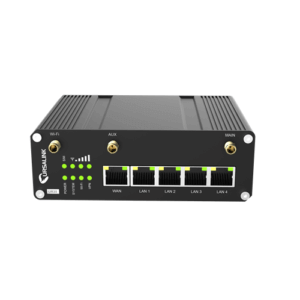
Milesight UR35-L00AU-W LTE Router 5xRJ45, WiFi, RS232, I/O
SKU: M2M-UR-00010
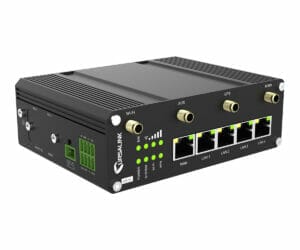
Milesight UR35-L00AU-W-G-P LTE Router 5xRJ45, WiFi, RS232/RS485, I/O, GPS, PoE PSE
SKU: M2M-UR-00011
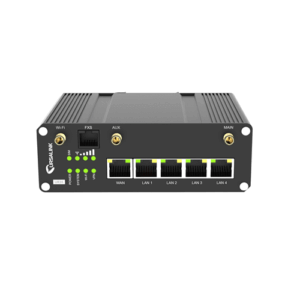
Milesight UR35-L00AU-W-S Router with Voice 5xRJ45, WiFi, RS232, I/O, FXS
SKU: M2M-UR-00012
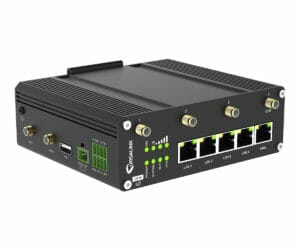
Milesight UR75-500GL-W-G-P, 5G Industrial Cellular Router, WiFi, GPS, Dual SIM, 5*PoE Eth, RS232/485, I/O, Micro SD, PoE
SKU: M2M-UR-00018
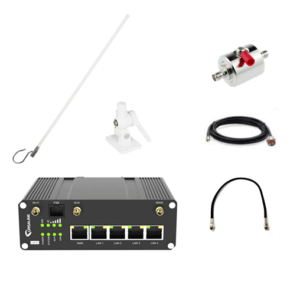
Milesight Voice and Data Marine Kit – Blackhawk 698-2700 7/10dBi LTE Antenna
SKU: M2M-UR-00019

Milesight Voice and Data Marine Kit – Poynting 698-2700 4/7.5dBi LTE Antenna
SKU: M2M-UR-00020
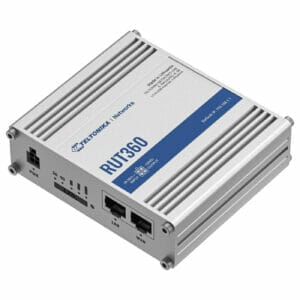
Teltonika RUT360 Compact 3G/4G/4G700 Router with WiFi – CAT6
SKU: M2M-TE-00033
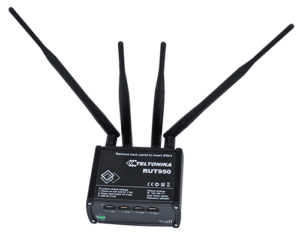
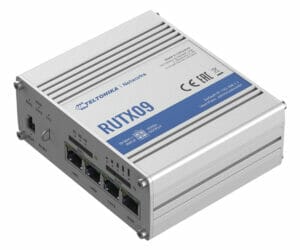
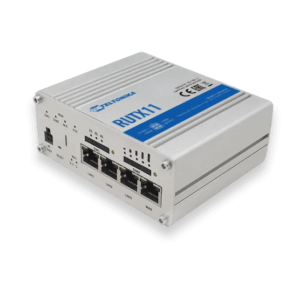
Teltonika RUTX11 3G-4G CAT-6 Router with WiFi / GPS / Bluetooth
SKU: M2M-TE-00009
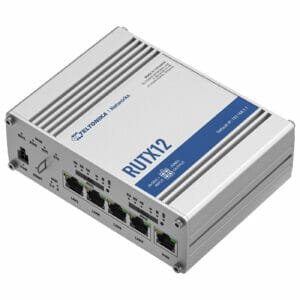
Teltonika RUTX12 – 3G/4G CAT6 Dual Module Router with WiFi / GPS / Bluetooth
SKU: M2M-TE-00017
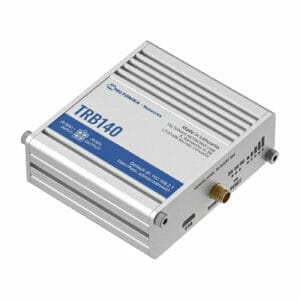
Teltonika TRB140 – CAT4, ethernet Port, Passive PoE, USB Slave, Digital I/O
SKU: M2M-TE-00013
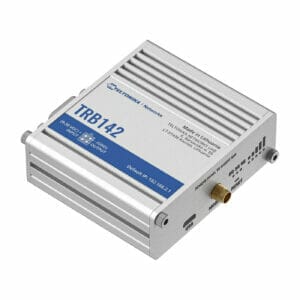
Teltonika TRB142 – CAT1, RS232 Serial Port, USB, Digital I/O
SKU: M2M-TE-00014
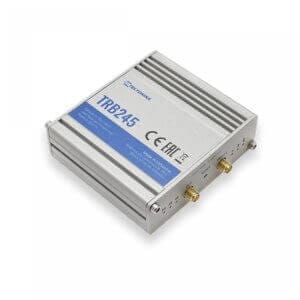
Teltonika TRB245 – CAT4, Ethernet, RS232/RS485, Digital I/O, GPS
SKU: M2M-TE-00015
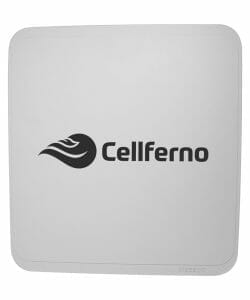
Cellferno FW2000e 5G Outdoor Modem + Ruijie RG-EW1800GX PRO + 20m CAT6 Kit
SKU: CPE-CL-00037
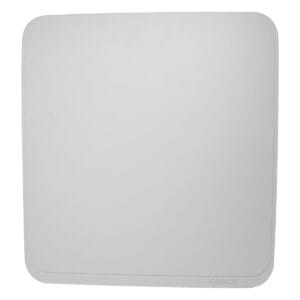
Cellferno M2000 5G Cat-22 Outdoor CPE, 2.5 Gbps powered by Inseego FW2000e & Mount
SKU: CPE-CL-00050

Cellferno M2000 5G CPE + Ruijie RG-EW1800GX PRO (20m CAT6 Outdoor Cable)
SKU: CPE-CL-00030
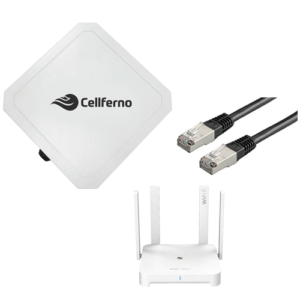
Cellferno M600 LTE CAT6 Outdoor CPE + Ruijie RG-EW1800GX PRO + 20m CAT6 Kit
SKU: CPE-CL-00033
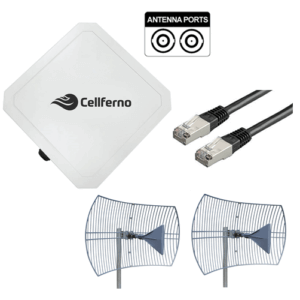
Cellferno M600T CAT6 Outdoor CPE + 2x Parabolic Grid Antenna 600-6500MHz + 20m CAT5e Kit
SKU: CPE-CL-00015
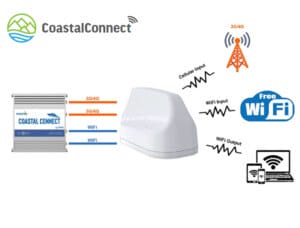
Coastal Connect Marine Cellular and WiFi Internet System
SKU: CPE-CC-00001
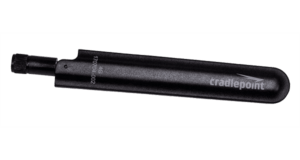
CradlePoint 170704-002 Cellular Antenna, Black Mini, 600 MHz – 6 GHz, SMA for IBR1700/IBR900, AER2200, IBR600C/IBR200
SKU: M2M-CP-00106
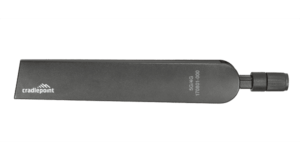
CradlePoint 170801-000 Cellular Antenna, Charcoal, 600 MHz – 6 GHz, SMA for IBR1700/IBR900, AER2200, E300/E3000, MC400
SKU: M2M-CP-00105
- Shop Product
- Cellular Repeaters
- Modems & Routers
- Voice & SMS Gateways
- Wireless Networks
- IoT Automation
- Power and Solar
- Local Area Networking
- Antennas
- Cables
- RF Components
- Installation Hardware
- Starlink
- Support
- CEL-FI Product Finder
- Sale
- Wireless Networks
- Sale/Discounts
- Coming Soon
- Brands
- Alta Labs
- Huang Liang
- TP-Link
- ComAnt
- SEA.AI
- ZCG
- Robustel
- 2J
- Blackhawk Antennas
- Cambium Networks
- CEL-FI
- Cellferno
- CommScope
- Cradlepoint
- Digital Matter
- GME
- Hills Australia
- Huawei
- Huber+Suhner
- Laird Connectivity
- MARS Antennas
- Matrix Comsec
- Metrolinq
- myinsight.io
- Panorama Antennas
- Powertec Wireless Technology
- Poynting
- Pulse Larsen
- QUWireless
- Ruijie Reyee
- Ruijie Networks
- sendQuick
- Sierra Wireless
- Taoglas
- Teltonika
- Tycon Power
- Milesight/ Ursalink
- Victron Energy
- Login





